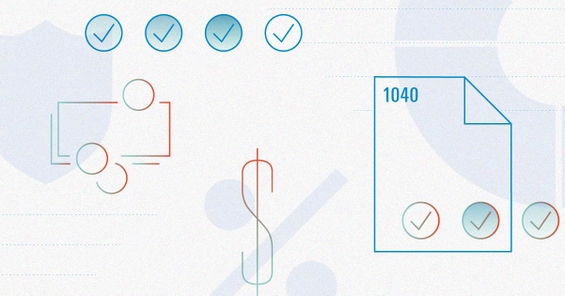Welcome to Earning Income, the first course in a six-part curriculum focused on personal finance and financial literacy. For directions on how to teach the curriculum, see How to Use This Curriculum.
Goals and Outcomes
These are concepts students should learn and understand upon completion of this course and the final project. All outcomes align with the National Standards for Financial Literacy:
- Salary and benefits: People may choose to pursue a job or career based on the income they expect to earn and the benefits they receive, such as health insurance or an employer-sponsored retirement plan.
- Nonsalary factors: These are reasons people may choose a career path that have nothing to do with income, such as job satisfaction, proximity to family and friends, and flexibility.
- Affordability of more education or training: Some people may not be able to afford the immediate costs of higher education or vocational training, which limits potential job opportunities.
- The labor market: Both job availability and the wages or salary paid to workers are determined by the labor market. Changes in economic conditions or the labor market can affect a worker’s income or could result in unemployment.
- Taxes: The major types of taxes are income taxes, payroll (Social Security) taxes, property taxes, and sales taxes. Where you live, how much you earn (as well as the type of income earned), and your spending affect the types and amounts of taxes paid.
Launch
This is the first introduction to the topic. It’s meant to get students thinking and asking questions. Before you dive into the outline and requirements for the final project, facilitate an open discussion with your students using the following questions:
- What can you do to earn income? (Examples: work a part-time job, do chores, etc.)
- What jobs have you already had or do you dream of having?
- Do you know what it takes to get and maintain that job or career path?
- What things should you consider when choosing a job or career path?
After discussion, direct students to this article on CliftonStrengths featured in Gallop, which introduces the concept of personal strengths and how those align (or don’t) with specific career paths. Students can then take this free, modified version of the CliftonStrengths assessment. (Note: The Gallop article includes links for the paid version of CliftonStrengths, so we’ve provided a free but shortened version of the test.)
Pre-Assessment
To gauge students’ baseline understanding of the topics outlined in this course’s goals and outcomes––and to serve as a benchmark for your lesson plans––have students complete this question-based activity on their own. This activity shouldn’t be graded.
Download the Worksheet
Get the Earning Income Pre-Assessment Worksheet PDF.
Final Project
Students will select two potential career paths and research the level of education, skill set(s), and work experience and/or training needed to work in those fields. They'll look for the salary/wage, and benefits associated with each career path, as well as the cost of education or training and how much one might pay in taxes based on their earnings. Students will complete this worksheet for the final project.
Download the Worksheet
Get the Earning Income Final Project Worksheet PDF.
Checks for Understanding
To be able to complete the final project (and the course itself), students must be able to answer these questions through personal research and any lessons provided in class. These questions are in order of how they should be researched and “checked” by the teacher/facilitator. We’ve provided articles as a starting point, but students can do additional research on these concepts as they see fit.
Based on the two jobs/careers you chose, what is the cost of education/training for them? What do employees make in their first, fifth, and 10th years in those roles? Why does the salary go up with more time? How does geographic location play a role in salary?
Resources:
- Career Pathways and Starting Salaries (University of Chicago)
- Starting Salaries (TheMint.org)
What are the common benefit options for the two jobs you’re researching? What costs will you need to cover, and what costs would employers potentially cover?
Resource:
- How to Size Up a Job’s Benefits (Morningstar.com)
How much will you have to pay in taxes for each job you’re researching? How do both income level and state of residence affect the amount of taxes you pay? Who receives the taxes and why do you need to pay them?
Resources:
- How Much in Taxes Is Taken Out of Your Paycheck? (Morningstar.com)
- How to Do Your Own Taxes (Morningstar.com)
What does cost of living mean? Why do salary, taxes, and the prices of things like groceries and rent fluctuate depending on where you live?
Resource:
About the Authors
Harron Young is an associate equity research analyst for Morningstar and a former third-grade math teacher with Teach for America. She has a master’s degree in business administration.
Jessica Gibson is a credit ratings analyst for Morningstar and former first- and second-grade teacher with Teach for America. She has a master’s degree in urban education, with a focus on administration and policy.
Contributors
Lead content strategist: Courey Gruszauskas
Editor: Karen Wallace
Leave Feedback
We're always looking for ways to improve our curriculum. Leave us feedback here.
The information, data, analyses, and opinions contained herein are provided solely for informational purposes and are not warranted to be complete, accurate, or timely. This content is not intended to be individualized investment advice, but rather to illustrate possible factors that can impact financial decisions. Investors should consider this information in the full context of their own financial decisions.
Read our editorial policy to learn more about our process.


